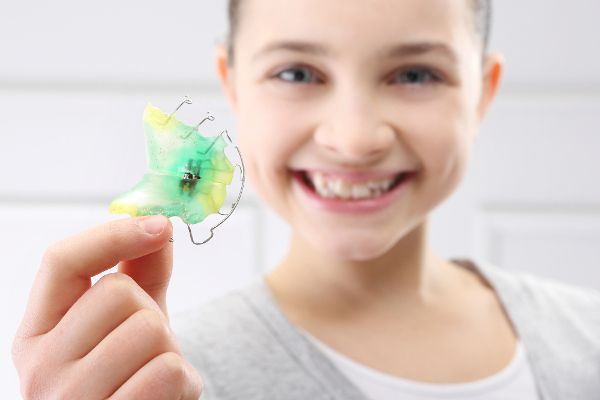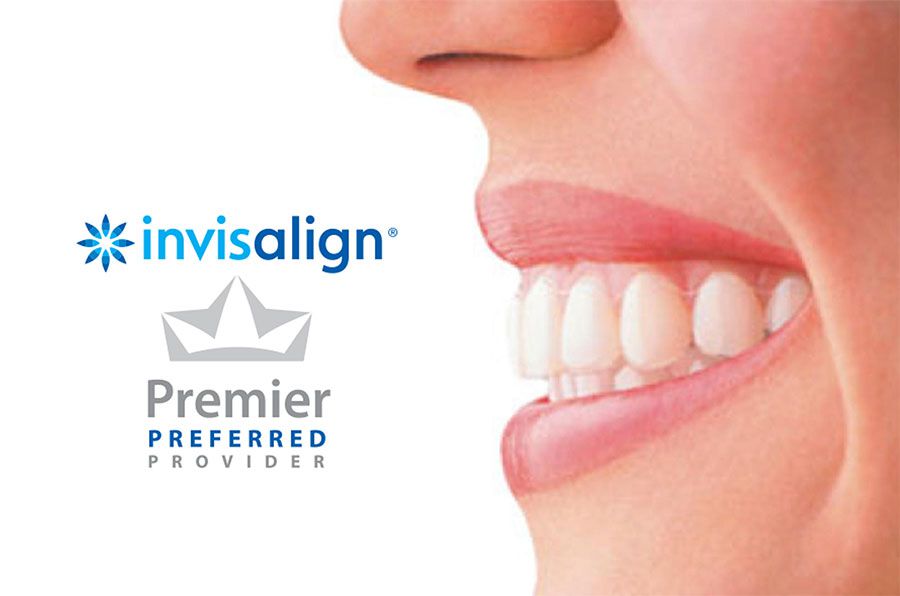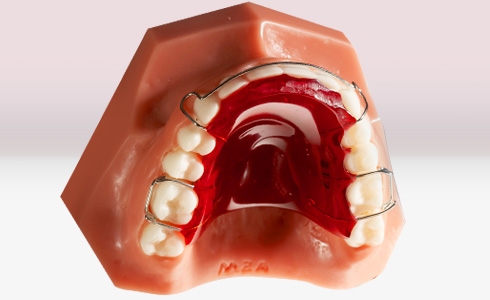

Your first visit to our office is a free orthodontic consultation. This visit includes diagnostic records which consist of digital x-rays, photographs and possibly a virtual impression of your teeth using our iTero 3-D digital scanner. Dr. Schulten will evaluate your individual orthodontic needs and answer any questions you may have regarding your diagnosis and treatment options. We will cover insurance benefits and financial options including an interest free monthly payment plan. Finally, for those ready to begin treatment we will coordinate the necessary appointments to get you on your way to a beautiful smile.
The American Association of Orthodontics recommends that an initial orthodontic evaluation should occur at the first sign of orthodontic problems or no later than age 7. At this early age, orthodontic treatment may not be necessary, but the best time to begin treatment can be anticipated at this point. By age 7, the first adult molars erupt, establishing the back bite. During this time, Dr. Schulten can evaluate the front-to-back and side-to-side tooth relationships. For example, the presence of erupting incisors can indicate possible overbite, open bite, crowding or gummy smiles. Timely screening increases the chances for an incredible smile.
Recognize any of these early warning signs? It might be time to schedule an orthodontic evaluation.


Interceptive treatment is orthodontic treatment for children who still have their primary teeth or are in transitional dentition (a mix of primary and permanent teeth). The most common uses of interceptive treatment are:
Comprehensive treatment refers to the treatment of both the upper and lower teeth and sometimes consists of multiple phases and appliances. We have three options when it comes to comprehensive treatment:
Orthodontics isn't just for kids anymore. Currently 20% of people in treatment are adults. With healthy gums and bone support, teeth can be moved at any age and today's technology makes it easier, more comfortable, and less noticeable than ever!

Invisalign is the clear way to straighten teeth without braces, using aligners. Aligners are removable and virtually invisible, which means you can straighten your teeth without everyone noticing; and you can still eat and drink what you want. Also, you can brush and floss normally to maintain healthy gums and teeth; there are no metal wires or brackets to cause mouth abrasions. Invisalign is custom-made for your comfort.
If you are interested in decreasing your treatment time, ask if Propel is right for you.



We offer both traditional metal braces and clear (ceramic) braces. Traditional metal braces are the most commonly used. Adding color elastics is a fun way to express your style. Ceramic braces are less visible on your teeth than the metal braces. Many older teens and adults choose this option for their upper teeth.
Retainers hold your teeth in their new, correct positions after your teeth have been straightened. We use 3 different types of retainers: Hawley (shown), clear retainers that fit over your teeth, or a bonded wire retainer that is attached to the tongue side of the lower front teeth. Dr. Schulten will instruct you on the best option for you. Wearing your retainer as directed is crucial to prevent movement of your teeth.

When you first get your braces on, your mouth and teeth may be sore for a few days. Warm salt water rinses can help with this soreness. If the tenderness is bothersome you can take whatever pain reliever you take for a headache or similar pain. Wax placed on the brackets or wires is helpful in alleviating irritated areas on the lips, cheeks and tongue until the tissue becomes tough and accustomed to the braces. Chewing sugarless gum can also work out some soreness in the teeth and jaws.
A pencil eraser can be used to push the poking wire down or place wax on the wire to prevent contact with the inside of your mouth. Sugarless chewing gum also works well to temporarily pad a sharp area.
If the bracket or band is still attached to the wire, leave it in place and protect the area with wax. If the bracket comes off of the wire and the tooth, put it in a baggie and bring it with you to your next appointment.
Try to put the wire back into place using tweezers. If this is not possible, use fingernail clippers to clip the wire behind the last tooth to which it is securely fastened. Wax is usually helpful for areas that have experienced discomfort.
